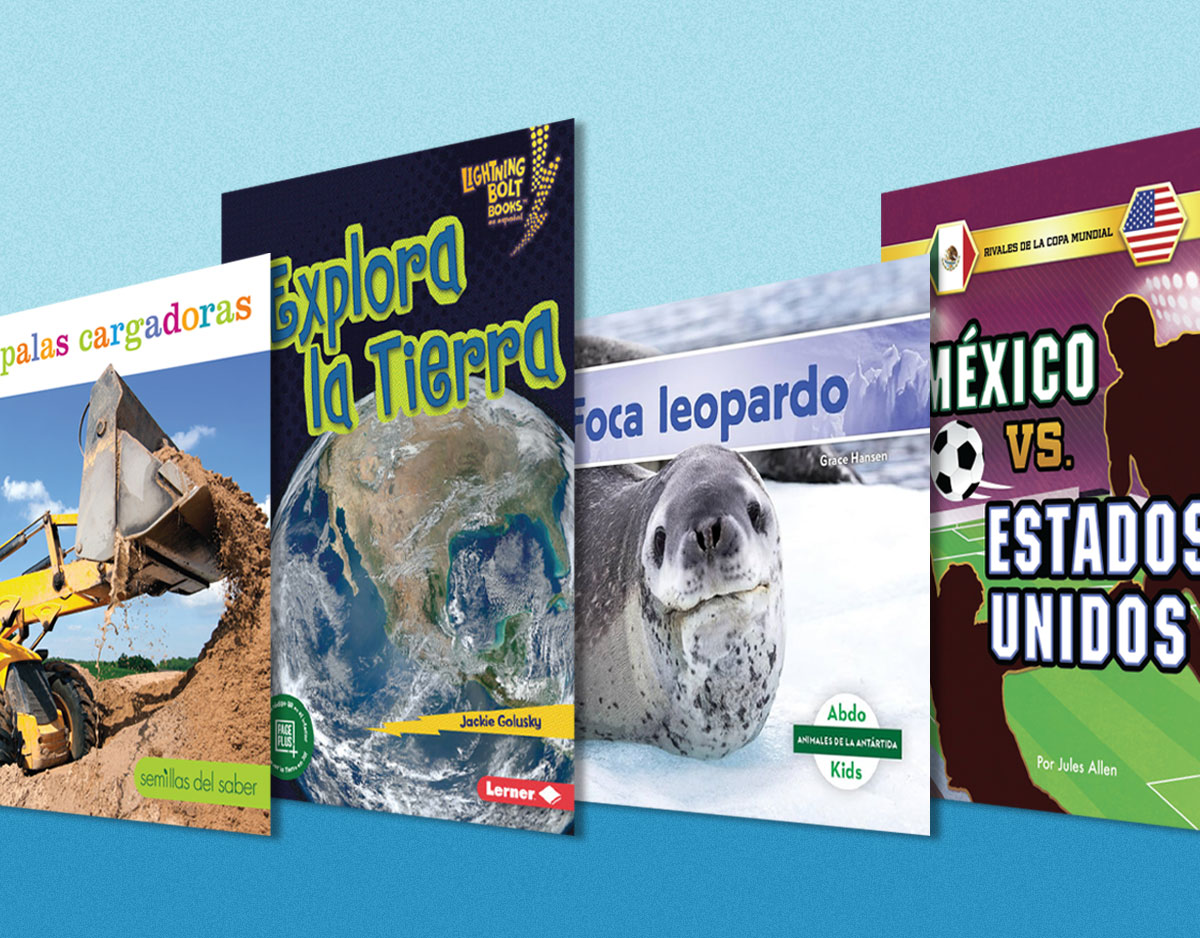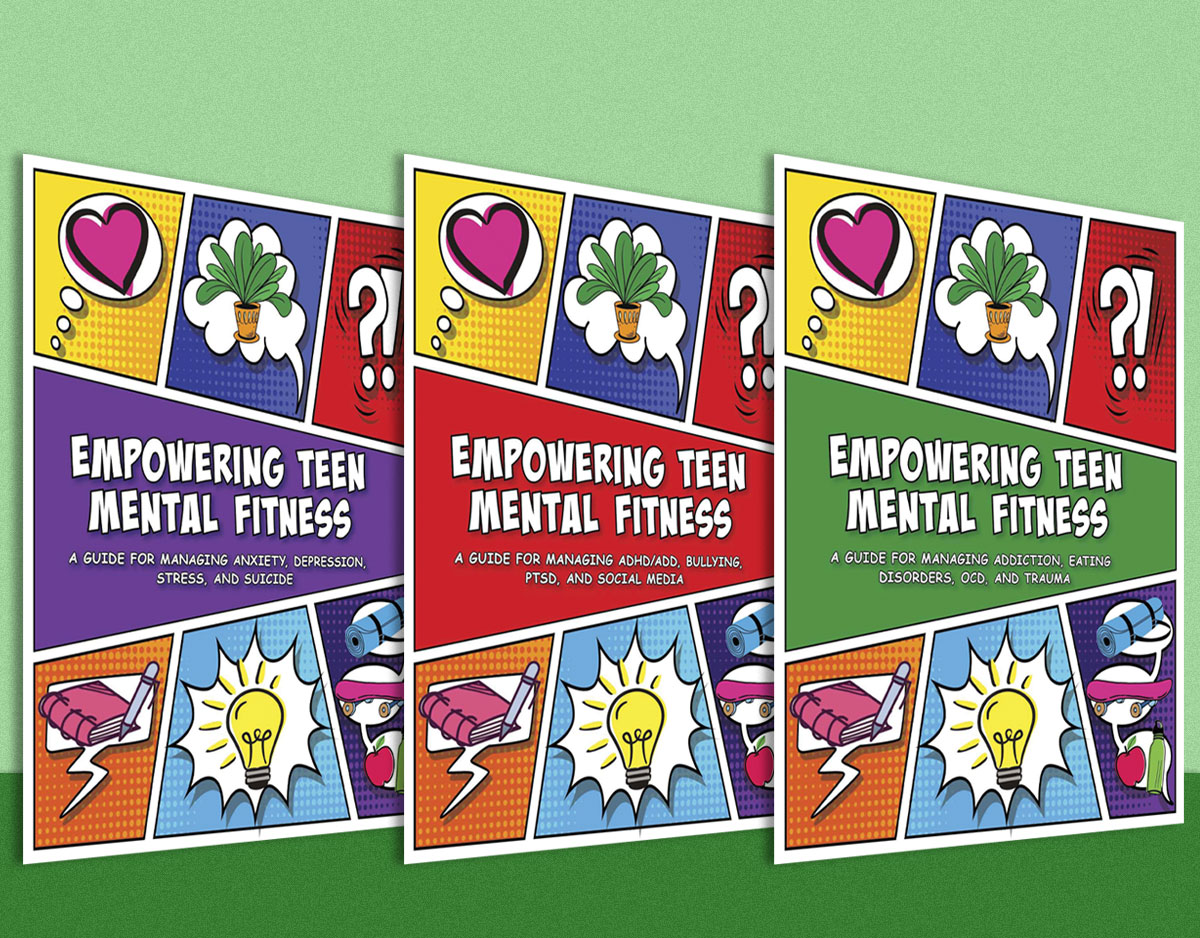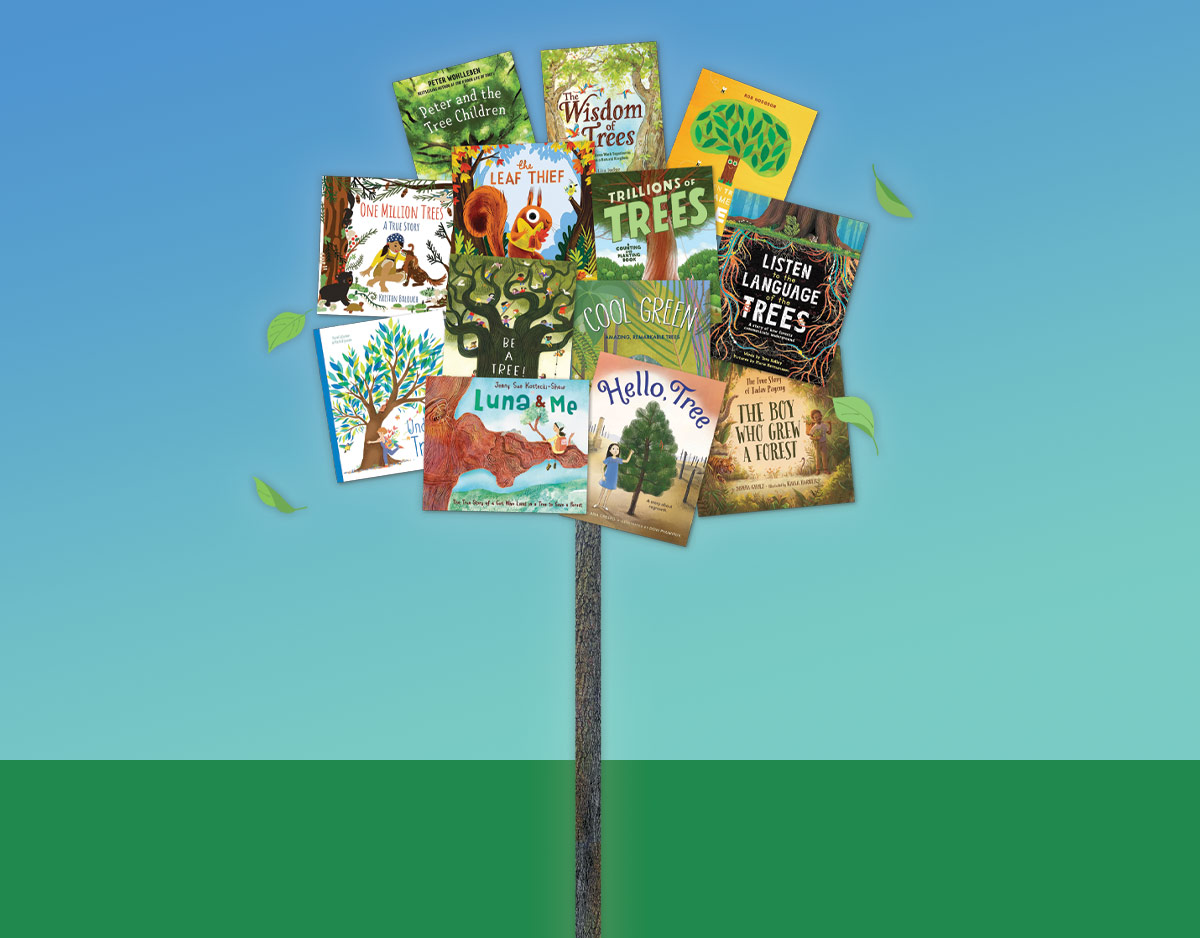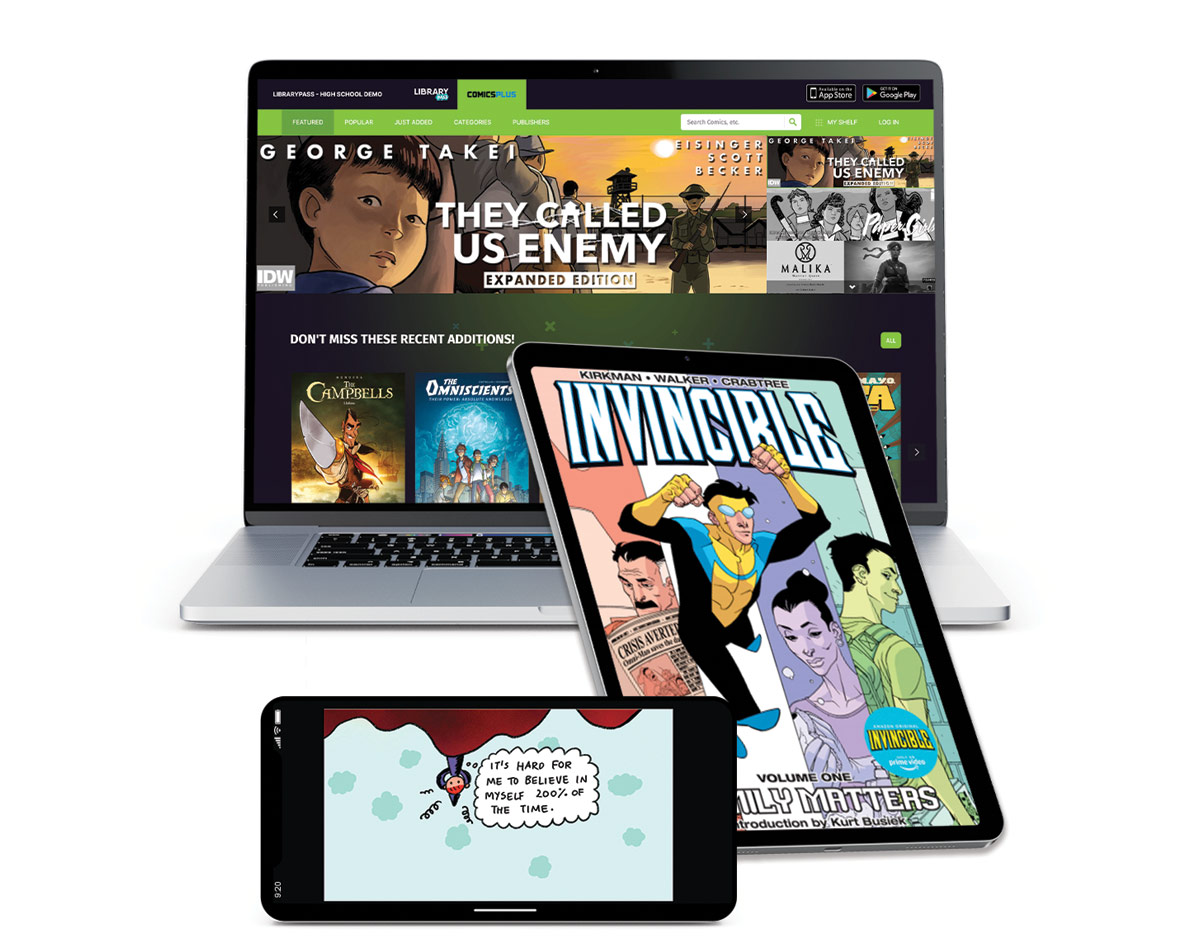Mecca, Medina, and the Mysterious Art of Writing What You Know, a guest post by S. K. Ali
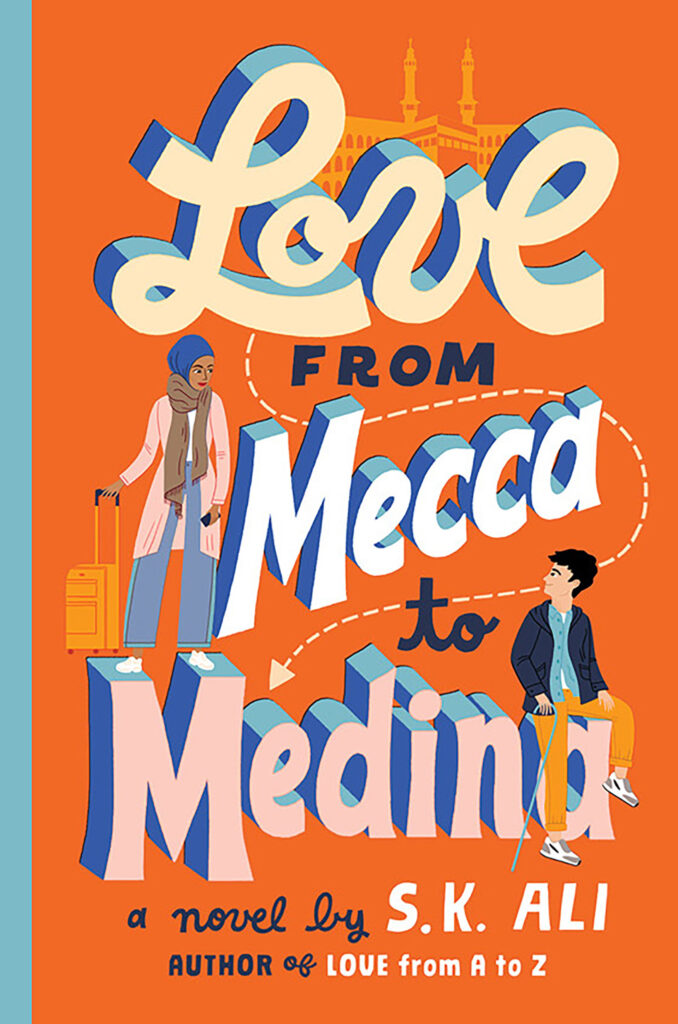
Before becoming a published author, I believed that writing was a mysterious, artful thing.
But, every weekday in front of the second graders I taught, I pretended I didn’t believe this.
In my zealousness to turn students into lifelong writers, I spent a lot of time distilling the art of writing into bite-sized ah-has that led seven-year-olds to truly believe in their abilities to communicate via the alphabet, a code they’d only learned a few years earlier in kindergarten.
Kids, writing is just communicating, I’d explain in the beginning. You communicate in different ways all the time.This is just another way to frown or laugh or sing.
Communicators, what do you want to say? I’d ask earnestly in step two of my program. You can say whatever you want. Really! Just jot/draw/talk/act-out your current thoughts, then choose one or a couple or even many ideas you want to communicate today.
ADVERTISEMENT
ADVERTISEMENT
Writers, now empty your brain on that chosen topic, I’d say, my eyes positively gleaming at this point while I hyper-emphasized “YOUR brain”. What comes to your perfect, one-of-a-kind brain when you think about this idea you’ve chosen to communicate? It’s going to be special, I’d reassure them, my spoken cadence now taking on an evangelical bent, because no one else in this classroom, no one else in the whole world, no one else in this ENTIRE universe, has the same things in their brain as you! Just you!
This is when most students would sit up taller, let themselves open up to the page, and pour their souls out. Working-silence would blanket the classroom, but the hum of two dozen brains churning and depositing their contents was also palpable.
Hands clasped behind my back, I’d stroll around the classroom, nodding and smiling encouragingly at those spindly, carefully round, teetering, and/or colliding letters forming in blue-lined notebooks, satisfied that I’d contributed to chipping away at the fear of the blank page that too many humans develop too early in their lives. Tsk, tsk.
And then, I’d come home from my teaching job to face my hypocrisy.
Meaning, I’d come home to my second job: attempting to become a published author.
At this job, all that faith in “writing being simple” would evaporate and I’d be left to drily stare at the blank screen, waiting for the mystery— that I actually believed writing to be — to unfold.

The unfolding wouldn’t happen easily because my life-long reading had drilled into me something I wanted to keep far away from my students: that whatever poured out of my creative soul had to fit into a mold already shaped by the literature that came before mine.
In order to be published, I mean. In order for readers to get what I was trying to say.
While, like my early fictional writer heroes, Jo in Little Women and Anne in Anne of Green Gables, I’d come to realize that, in order to access the myriad of powerful muses swimming in me, I needed to write what I know, I also realized that what I knew as a Muslim woman was, to my society, almost as indecipherable as hieroglyphics.
Setting aside the writerly debate of the merits of writing-what-you-know vs. writing-what-you-want, I succumbed to another dilemma: how was I to be that bridge that held together my Muslim creative-soul and my non-Muslim society that was awash with Islamophobic imagery?
I felt so weak, I could imagine forming only the most rickety of bridges. Cross at your own risk, would definitely be on a sign nearby.
For me, this was the mysterious part of the Art of Writing. One I privately grappled with.
Enter a deeply personal moment: a year after I remarried, while traveling, I experienced a traumatic miscarriage. On a follow-up appointment, I was told I couldn’t carry another child to term.
While grieving, I found myself naturally turning to writing as therapy. Which meant shaking off any and all expectations I’d previously allowed to ensnare me.
There was only this intense pain I felt as Muslim woman taught to be resilient through the hardships of life — when all I wanted to do right then was seek solace.
Basically, I refused to pour this pain into a mold.
So I finally let myself believe all that I’d taught my students: writing is simply communication, communicate whatever you want to, let everything in your perfect, one-of-a-kind brain come out.
Oh, things definitely came out.
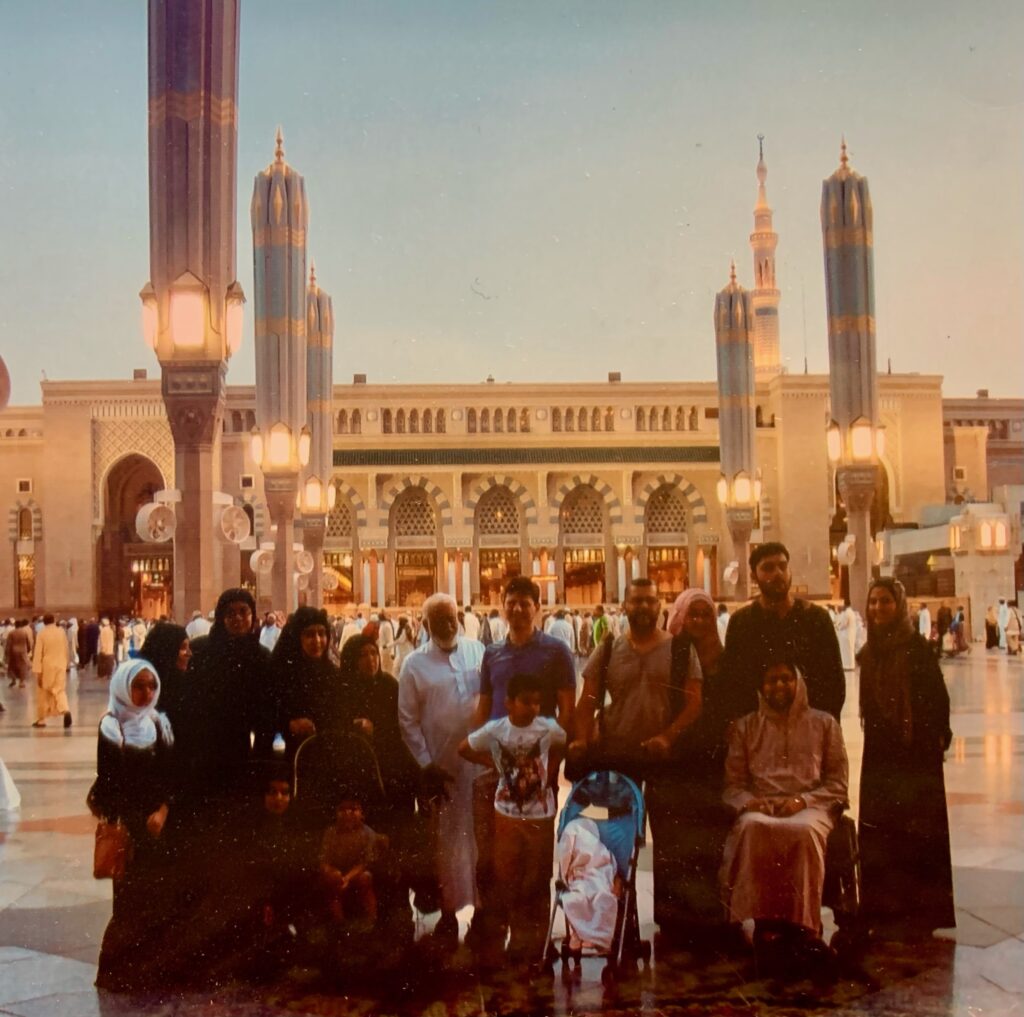
Like Saints and Misfits (2017, Simon and Schuster), the story of Janna, a teen in a warm, Muslim community, finding her voice to talk about the sexual assault she faced from a member of that very community. Love from A to Z (2019, Simon and Schuster), a story of two teens, Adam and Zayneb, crossing paths while processing chronic illness and Islamophobia, respectively, and finding love when they least expect it. Misfit in Love (2021, Simon and Schuster), the sequel to Saints and Misfits, where Janna gets to experience the first twinges of falling in love herself.
And, now, Love from Mecca to Medina (October 2022, Simon and Schuster), the sequel to Love from A to Z, where I allowed myself to fully embrace all that I’d told my students in my former career, especially the most inspiring part of my whole spiel: no one else in this ENTIRE universe has the same things in their brain as you!
Mecca, Medina, navigating the happily-ever-after, cottages in the English countryside, being true to yourself even in the throes of love, diversity within diversity, and cat POV chapters were all in that brain of mine.
There was no mold for Love from Mecca to Medina, no novel set during a pilgrimage to Mecca that came before it, and I now absolutely love that.
Because I’ve finally solved the mystery of writing artfully: unfettered, fearless writing doesn’t just break or make new molds; it is so confident that it reshapes those molds into sturdy bridges that allows readers of all backgrounds to walk across safely.
Meet the author
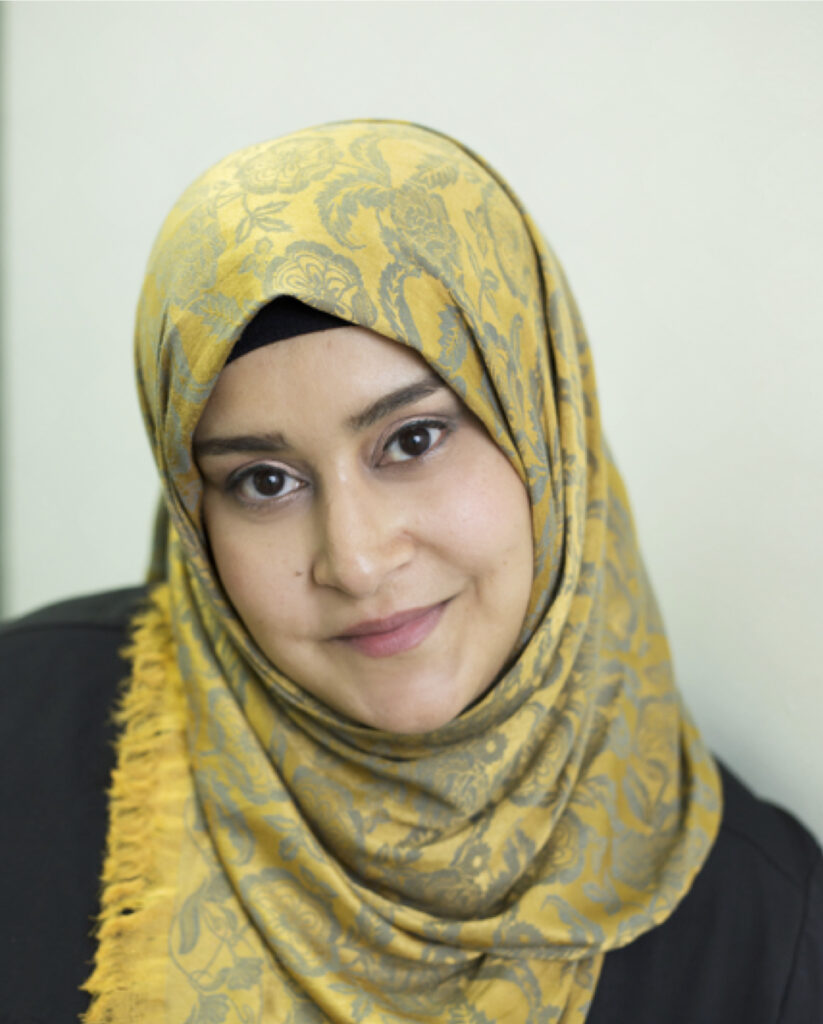
S. K. Ali is the New York Times bestselling and award-winning author of several books, including the Morris Award finalist Saints and Misfits and Love from A to Z, both named top ten YA titles of the year by various media including Entertainment Weekly and Kirkus Reviews. Her novel, Misfit in Love, was a People magazine best book of summer 2021. She has several upcoming releases, including Love from Mecca to Medina, the sequel to Love from A to Z, out Oct. 18, 2022. She lives in Toronto with her family, which includes a very vocal cat named Yeti and a very quiet cat named Mochi.
Website and social media links:
Website: skalibooks.com
Twitter: @sajidahwrites
Instagram: @skalibooks
TikTok: @skalibooks
About Love from Mecca to Medina
ADVERTISEMENT
ADVERTISEMENT
On the trip of a lifetime, Adam and Zayneb must find their way back to each other in this surprising and romantic sequel to the “bighearted, wildly charming” (Becky Albertalli, New York Times bestselling author) Love from A to Z.
Adam and Zayneb. Perfectly matched. Painfully apart.
Adam is in Doha, Qatar, making a map of the Hijra, a historic migration from Mecca to Medina, and worried about where his next paycheck will come from. Zayneb is in Chicago, where school and extracurricular stresses are piling on top of a terrible frenemy situation, making her miserable.
Then a marvel occurs: Adam and Zayneb get the chance to spend Thanksgiving week on the Umrah, a pilgrimage to Mecca and Medina, in Saudi Arabia. Adam is thrilled; it’s the reboot he needs and an opportunity to pray for a hijra in real life: to migrate to Zayneb in Chicago. Zayneb balks at the trip at first, having envisioned another kind of vacation, but then decides a spiritual reset is calling her name too. And they can’t wait to see each other—surely, this is just what they both need.
But the trip is nothing like what they expect, from the appearance of Adam’s former love interest in their traveling group to the anxiety gripping Zayneb when she’s supposed to be “spiritual.” As one wedge after another drives them apart while they make their way through rites in the holy city, Adam and Zayneb start to wonder: was their meeting just an oddity after all? Or can their love transcend everything else like the greatest marvels of the world?
ISBN-13: 9781665916073
Publisher: Salaam Reads / Simon & Schuster Books for Young Readers
Publication date: 10/18/2022
Age Range: 14 – 18 Years
Filed under: Guest Post
About Amanda MacGregor
Amanda MacGregor works in an elementary library, loves dogs, and can be found on Twitter @CiteSomething.
ADVERTISEMENT
ADVERTISEMENT
SLJ Blog Network
The Best Children’s Books of 2024 (According to Amazon)
The Scourge of Upside Down Knitting Needles: 2024 Edition
Exclusive: Random House Graphic to Launch Global Comic Line Ink Pop | News
The Seven Bills That Will Safeguard the Future of School Librarianship
Gayle Forman Visits The Yarn!
ADVERTISEMENT



